Venomous snakes are often portrayed as delivering a single, decisive strike in nature documentaries and wildlife shows. However, the reality of snake predatory behavior is far more nuanced and fascinating. Many venomous species actually employ a strategy of multiple smaller strikes rather than a single powerful bite. This tactical approach has evolved over millions of years and serves several critical purposes for the snake’s survival and hunting success. Understanding this behavior not only provides insight into snake ecology but also has important implications for human safety and medical treatment of snakebites. Let’s explore the complex world of venomous snake strike patterns and why some species have developed this remarkable multiple-strike strategy.
The Evolution of Venom Delivery Systems

Venomous snakes have evolved sophisticated systems for delivering toxins to their prey or potential threats over millions of years. Different families of venomous snakes have developed distinct fang structures and venom delivery methods, from the hollow, needle-like fangs of vipers to the grooved fangs of elapids like cobras. These evolutionary adaptations directly influence how snakes strike and how frequently they need to bite. The multiple strike strategy didn’t emerge randomly but represents a carefully balanced evolutionary solution to specific ecological challenges. Each strike pattern has been refined through natural selection to maximize hunting efficiency while minimizing risk to the snake, particularly when dealing with dangerous prey that might injure the predator during the encounter.
Venom Conservation Strategy
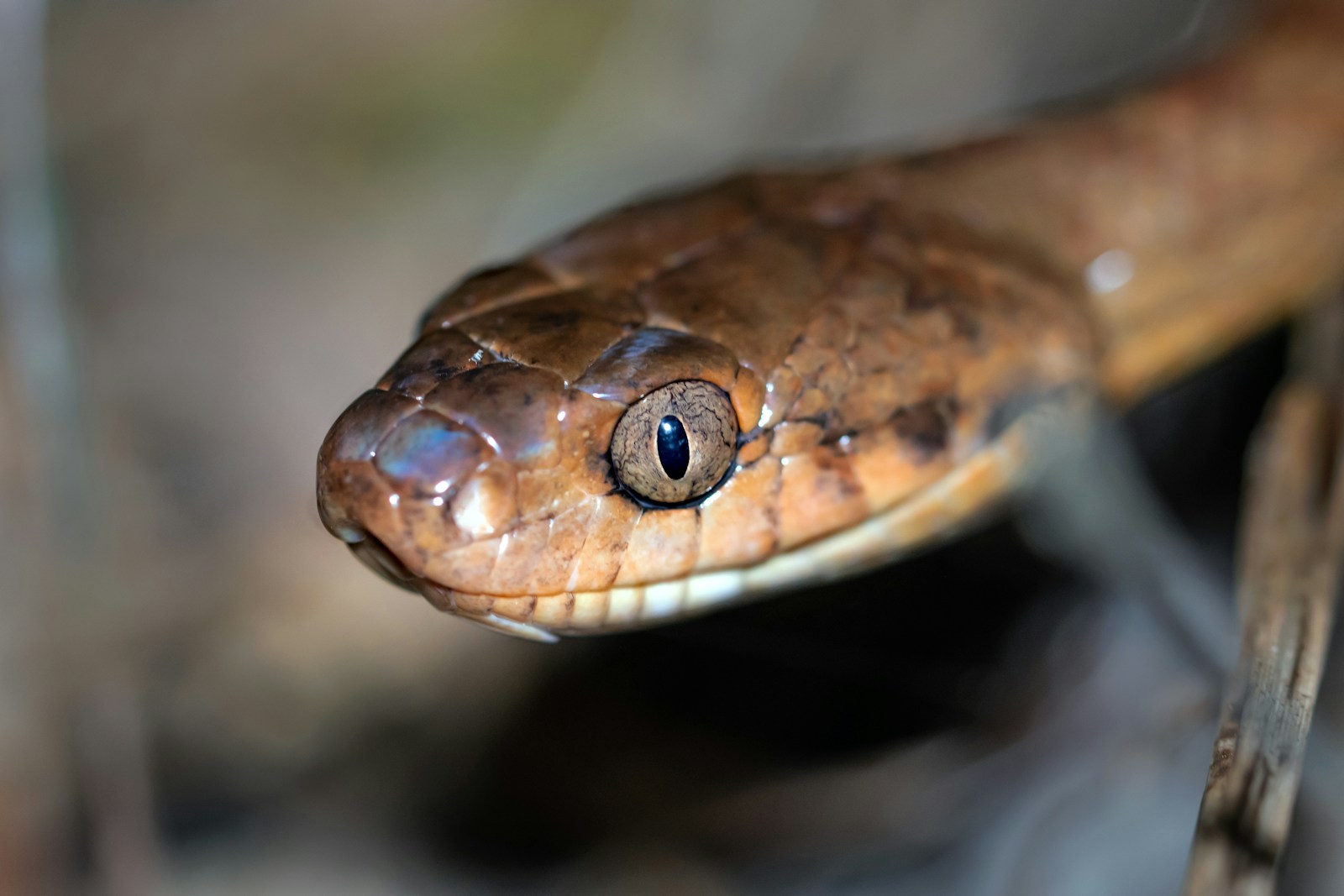
One of the primary reasons some venomous snakes deliver multiple smaller strikes is to conserve their precious venom. Venom production requires significant metabolic resources and energy investment from the snake. By delivering smaller amounts across multiple strikes, the snake can use just enough venom to immobilize prey without depleting its entire supply, which might be needed for multiple hunting attempts or self-defense. This conservation strategy is particularly important for species that can’t quickly replenish their venom reserves or that live in environments where prey opportunities are unpredictable. Research has shown that some species can control their venom expenditure with remarkable precision, deploying more or less venom depending on prey size and the perceived threat level.
The “Test Bite” Phenomenon

Many venomous snakes engage in what herpetologists call “test bites” – initial strikes that deliver minimal venom or sometimes none at all. These preliminary strikes allow the snake to assess whether a potential prey item is the right size, species, and vulnerability for consumption. If the target reacts in a way that suggests it might be too dangerous or inappropriate as prey, the snake can abandon the hunt without wasting significant venom resources. This cautious approach is particularly evident in species that hunt prey capable of injuring the snake, such as rodents with sharp teeth and claws. The test bite represents a sophisticated risk-assessment strategy that balances the snake’s need to capture prey against the potential dangers of engaging with a formidable opponent.
Prey Tracking Mechanism

Multiple strikes often serve as a prey tracking mechanism for many venomous species. With each successive strike, the snake can follow the movement patterns of its prey, increasing the likelihood of landing a more effective bite. This is especially important for snakes hunting in complex environments like dense underbrush or rocky terrain where prey visibility may be limited. The tracking strategy also works in conjunction with the snake’s chemosensory abilities – after an initial strike, the prey leaves chemical trails that the snake can follow using its highly sensitive forked tongue and vomeronasal organ. Some species, like certain vipers, have elevated this tracking behavior to an art form, using it to pursue prey through challenging habitats where a single strike would likely result in a missed opportunity.
Defensive Versus Predatory Strikes
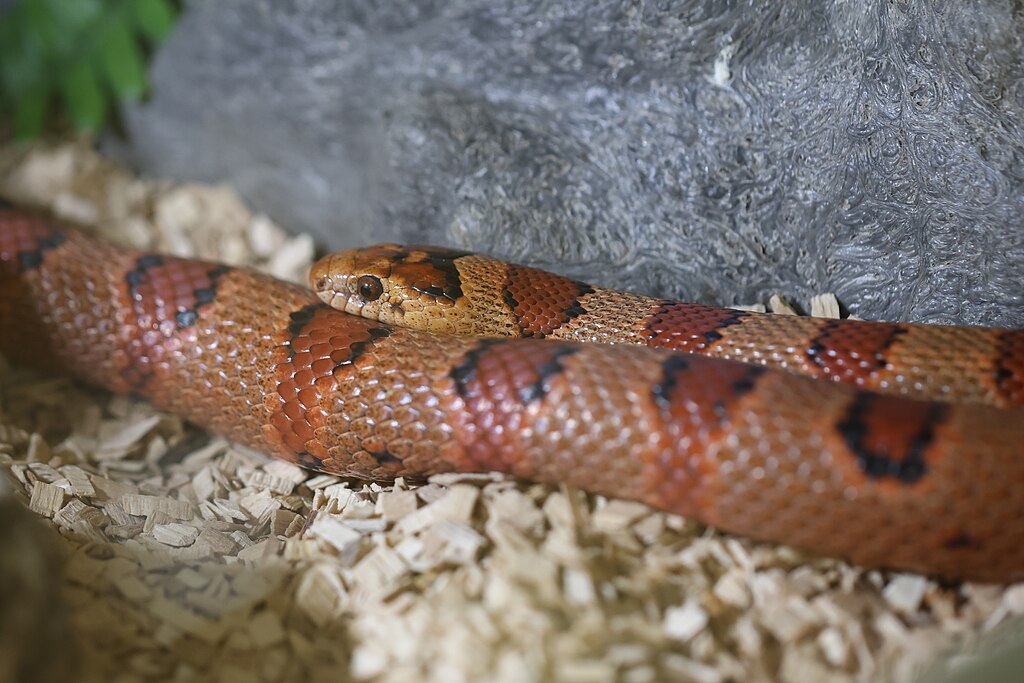
The multiple strike behavior manifests differently depending on whether the snake is hunting or defending itself. Defensive strikes from venomous snakes often involve a series of rapid, shallow bites designed to deter a threat rather than deliver a lethal dose of venom. This differs significantly from predatory strikes, which tend to be more measured and targeted to specific vulnerable areas of the prey. The distinction is important for understanding snake behavior in human encounters, as defensive strikes may appear more aggressive but actually represent the snake’s attempt to escape rather than escalate the confrontation. Research on rattlesnakes has demonstrated that they deliver significantly less venom in defensive strikes compared to predatory ones, supporting the theory that venom is primarily evolved for feeding rather than defense.
Species-Specific Strike Patterns
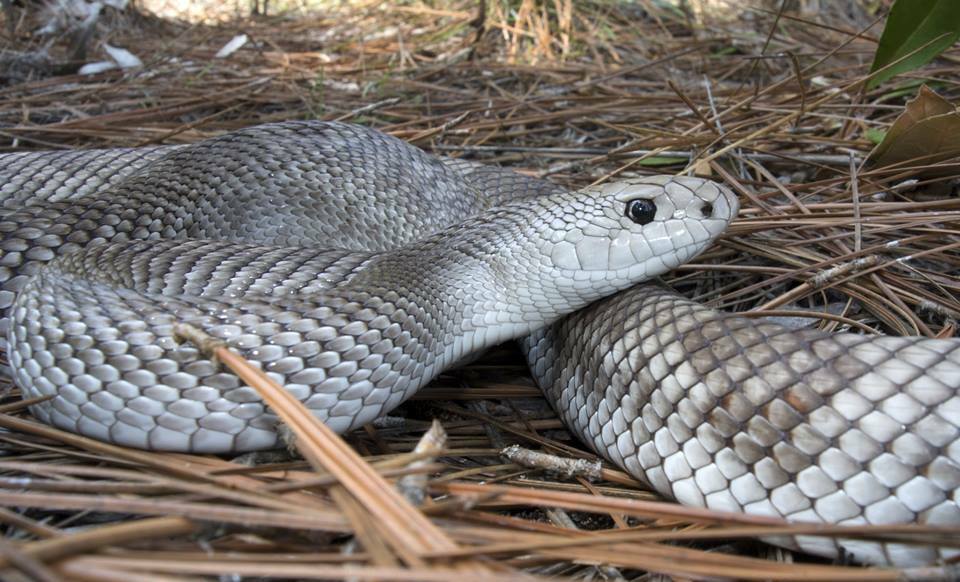
Different venomous snake species exhibit distinct strike patterns that have evolved to match their ecological niche and hunting strategies. Rattlesnakes, for example, often deliver a single, well-aimed strike followed by quick release, allowing their hemotoxic venom to work while they track the prey from a safe distance. In contrast, many cobras may strike multiple times in quick succession, particularly when cornered or threatened. Saw-scaled vipers frequently employ a series of rapid strikes when hunting, increasing their chances of envenomating elusive prey. These species-specific patterns reflect evolutionary adaptations to different prey types, habitats, and defensive needs. The diversity of strike strategies across venomous snake families provides a fascinating window into how specialized predatory behaviors evolve in response to environmental pressures.
The Role of Venom Composition
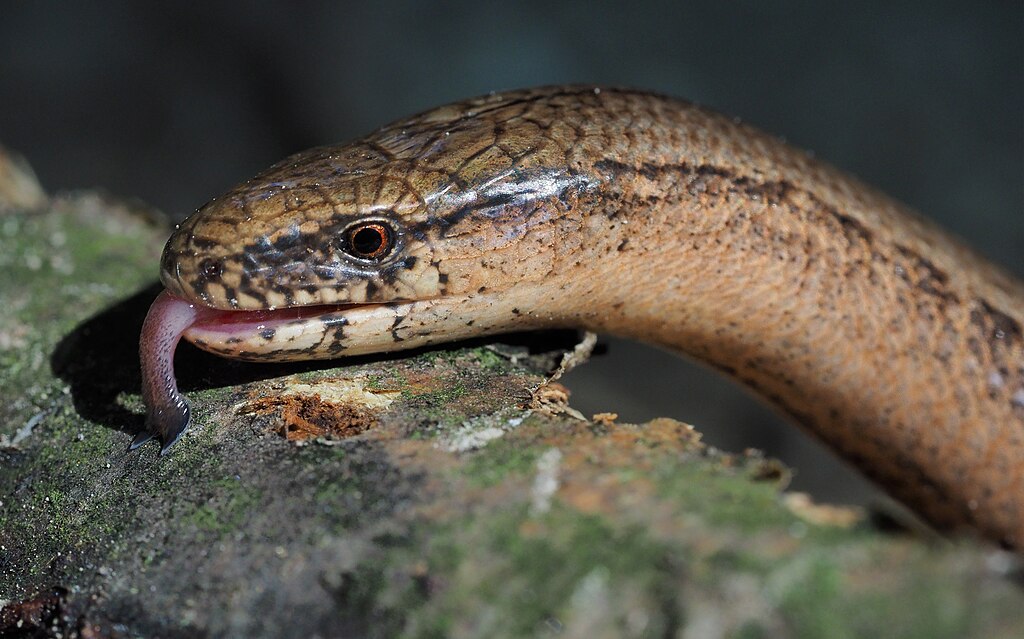
The chemical composition of a snake’s venom directly influences its striking behavior and frequency. Snakes with fast-acting neurotoxic venoms, like many elapids, may require fewer strikes as their venom quickly immobilizes prey. Conversely, species with slower-acting hemotoxic or cytotoxic venoms might employ multiple strikes to ensure sufficient envenomation for prey incapacitation. The relationship between venom composition and strike behavior represents a fascinating example of co-evolution, where both the toxin chemistry and delivery method have adapted in tandem. Some snake species possess complex venoms with dozens of different toxins that work synergistically, requiring specific delivery patterns to achieve maximum effectiveness. This biochemical sophistication directly shapes how frequently and in what manner a venomous snake will strike its target.
Environmental Factors Influencing Strike Behavior
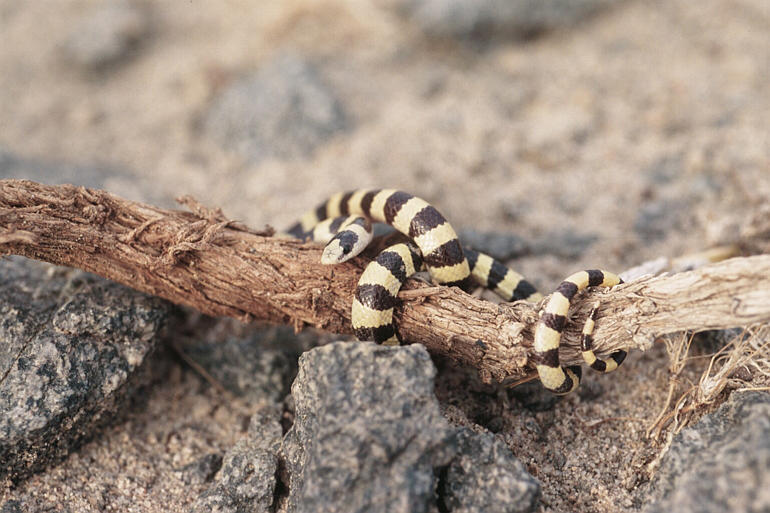
Environmental conditions significantly impact a venomous snake’s striking behavior. Temperature plays a crucial role, as snakes are ectothermic and their metabolic rates, muscle performance, and venom effectiveness all vary with ambient temperature. In cooler conditions, some species compensate for reduced venom efficacy by delivering multiple strikes. Habitat complexity also shapes strike patterns, with snakes in dense vegetation often relying on different tactics than those hunting in open terrain. Seasonal changes affect strike behavior as well, with some species becoming more aggressive during breeding seasons or increasing strike frequency when preparing for hibernation and needing to secure additional nutrition. These environmental influences demonstrate the remarkable behavioral plasticity of venomous snakes, allowing them to adjust their hunting strategies to changing conditions.
The “Hit-and-Run” Hunting Strategy
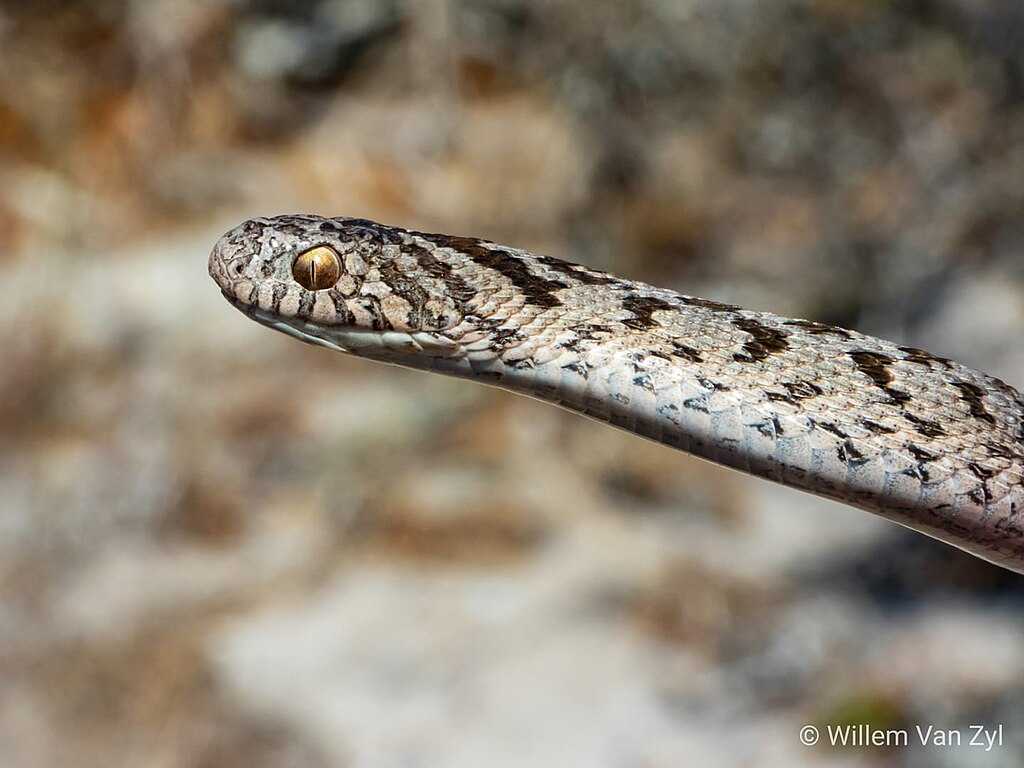
Many venomous snakes, particularly vipers, employ what researchers call a “hit-and-run” hunting strategy that involves multiple strikes. This approach begins with an initial envenomating bite, followed by the snake retreating to a safe distance while tracking the prey chemically as the venom takes effect. If the prey doesn’t succumb quickly enough, the snake may approach and deliver additional strikes to increase envenomation. This strategy minimizes the risk of injury to the snake from struggling prey while maximizing hunting success. The hit-and-run approach represents a sophisticated hunting behavior that balances the need for effective prey capture against the snake’s own safety requirements. For species like rattlesnakes that prey on potentially dangerous rodents, this strategy has proven remarkably effective and has been refined through millions of years of evolution.
Prey Size and Strike Frequency Correlation
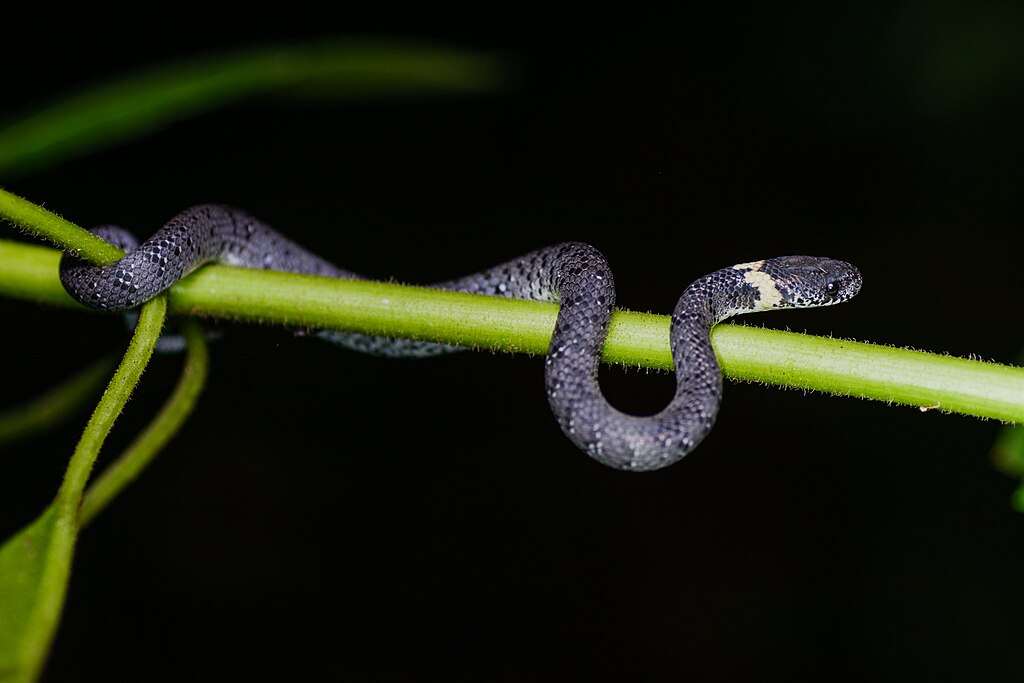
Research has established a clear correlation between prey size and strike frequency in many venomous snake species. Larger prey items often elicit multiple strikes as the snake attempts to deliver sufficient venom to overcome the prey’s greater body mass. This relationship makes evolutionary sense – larger prey represents a greater caloric reward but also requires more venom to subdue. Some studies have documented snakes delivering twice as many strikes to prey that is significantly larger than their average prey size. The ability to adjust strike number based on prey size demonstrates the remarkable behavioral flexibility of venomous snakes and their capacity to make complex hunting decisions. This adaptive response helps snakes balance the metabolic cost of venom production against the nutritional benefits of securing larger prey.
Implications for Snakebite Treatment

Understanding multiple strike behavior has important implications for snakebite treatment in humans. Multiple bites from the same snake may deliver varying amounts of venom, complicating the clinical picture and treatment requirements. Medical professionals treating snakebite victims need to consider the possibility of multiple envenomation sites, each potentially containing different venom loads. This variability affects antivenom dosing decisions and monitoring protocols for patients. Additionally, the knowledge that defensive strikes often contain less venom than predatory ones can help inform risk assessment when treating snakebite cases. Advances in understanding strike patterns have led to improvements in snakebite treatment protocols, potentially saving lives in regions where venomous snakebites remain a significant public health concern.
Learning and Adaptation in Strike Behavior
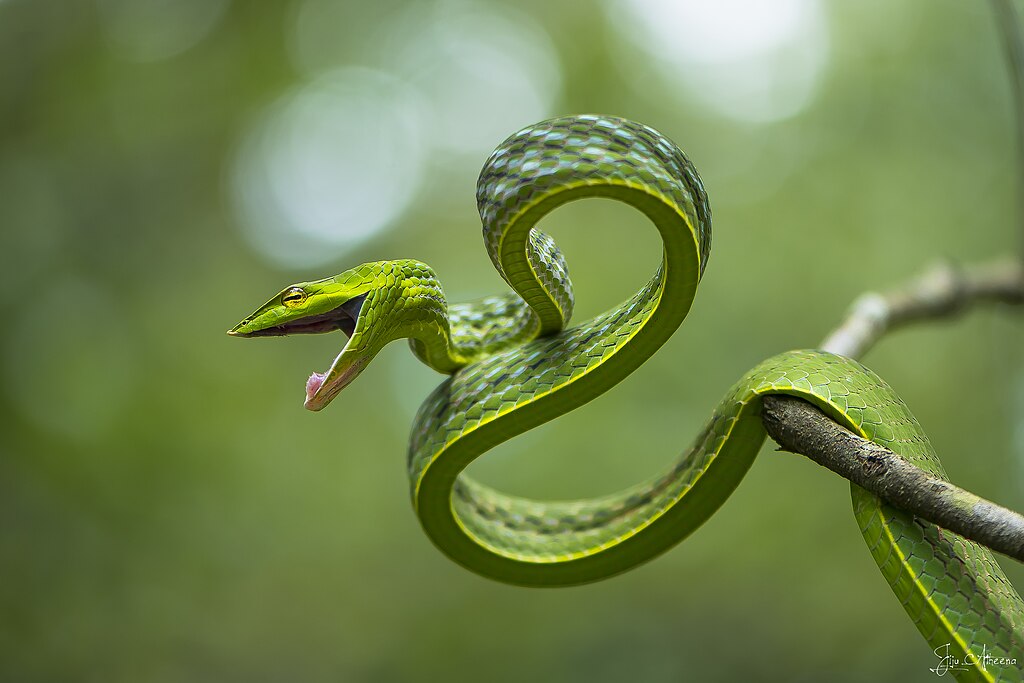
Contrary to popular belief, venomous snakes display remarkable learning and adaptation in their striking behavior. Young snakes often refine their strike patterns through experience, becoming more efficient hunters as they mature. Studies have documented changes in strike frequency, precision, and venom metering as snakes gain hunting experience. This behavioral plasticity extends to adapting strike patterns for novel prey types or changing environmental conditions. Some species have been observed modifying their strike strategy after unsuccessful hunting attempts, demonstrating a capacity for learning that belies their reputation as instinct-driven creatures. This adaptive capability has important evolutionary implications, allowing venomous snakes to respond to changing prey populations and habitats over both individual lifespans and evolutionary timescales.
The Future of Strike Behavior Research
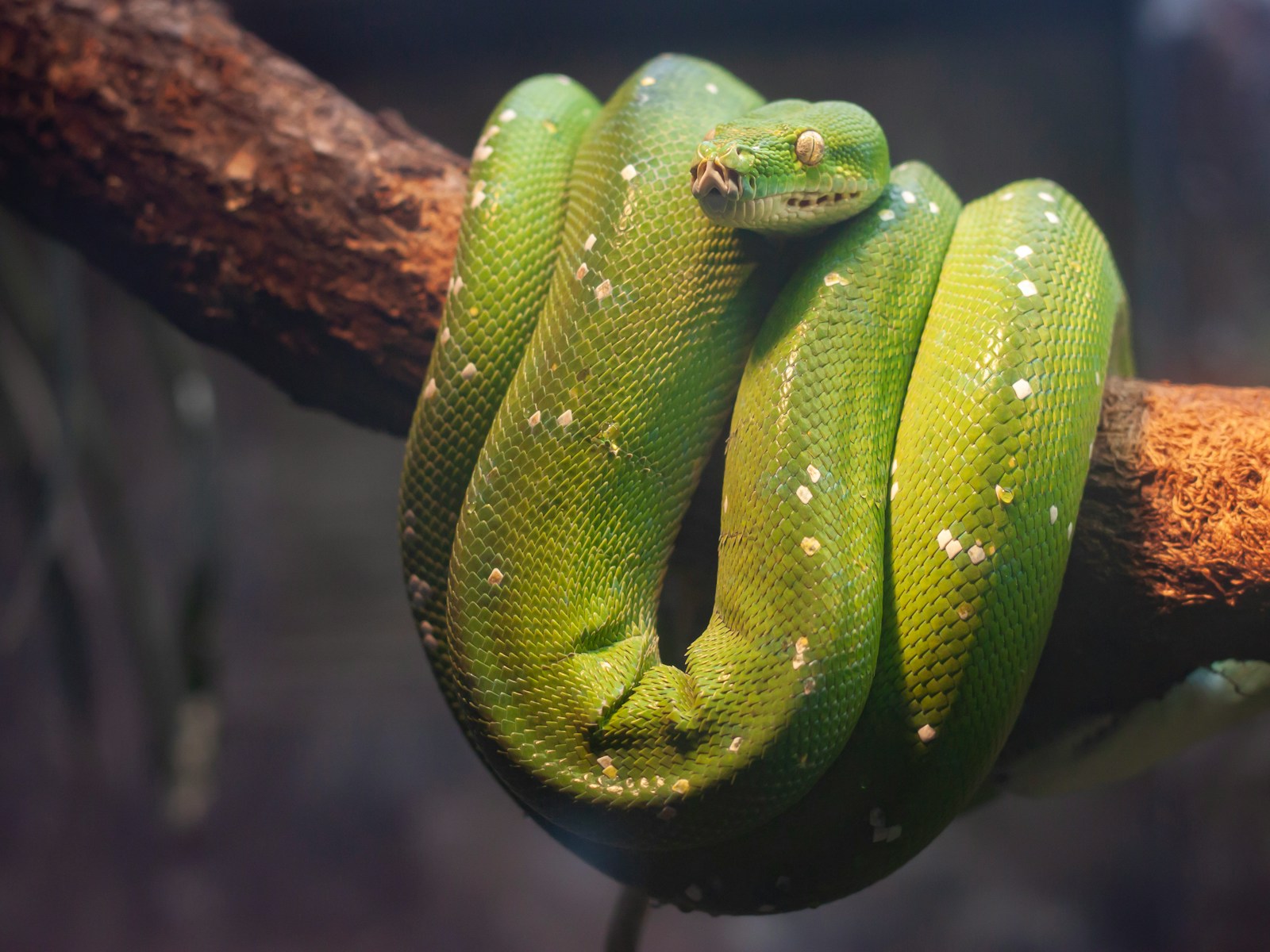
Research into venomous snake strike patterns continues to evolve with new technologies providing unprecedented insights. High-speed videography now allows researchers to analyze strike mechanics down to millisecond intervals, revealing subtle variations between species and individuals. Innovations in field telemetry and miniaturized sensors are enabling scientists to study strike behavior in natural settings rather than laboratory environments. These advances promise to deepen our understanding of the complex factors driving multiple strike behavior in different species. Future research will likely focus on the neurological basis of strike decisions, the genetic components of strike behavior, and how climate change might affect striking patterns across different snake populations. This growing body of knowledge not only satisfies scientific curiosity but has practical applications in antivenom development, snakebite treatment, and conservation efforts.
Conclusion
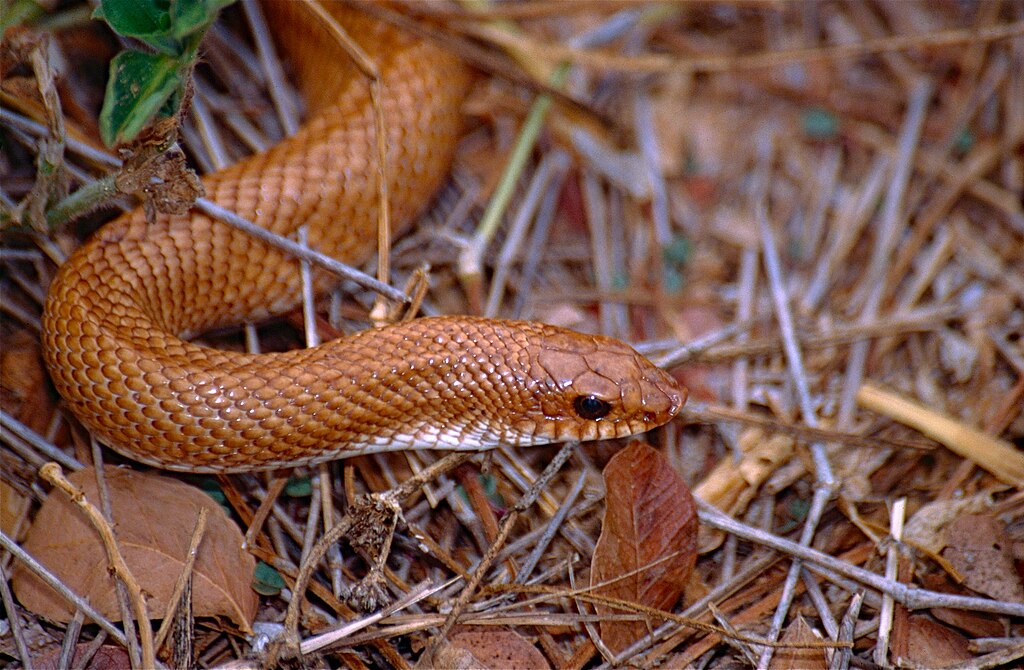
The multiple strike strategy employed by many venomous snakes represents a sophisticated evolutionary adaptation that balances predatory effectiveness, venom conservation, and predator safety. Far from the simplified portrayal of snakes in popular media, these complex behaviors reveal the remarkable intelligence and adaptability of these ancient predators. By understanding why and how venomous snakes deliver multiple strikes, we gain valuable insights into predator-prey dynamics, evolutionary biology, and even human medical treatments for snakebite. As research continues to illuminate the intricacies of snake behavior, our appreciation for these often-misunderstood creatures grows, reminding us that even feared animals play vital roles in their ecosystems and have evolved fascinating solutions to the challenges of survival.





